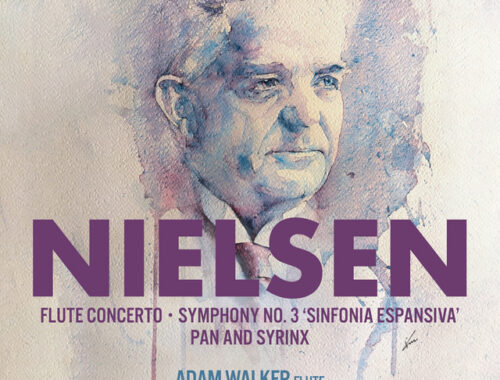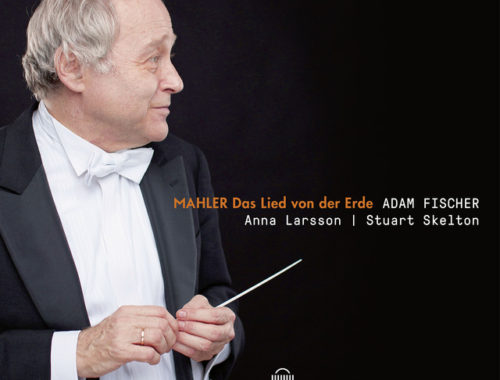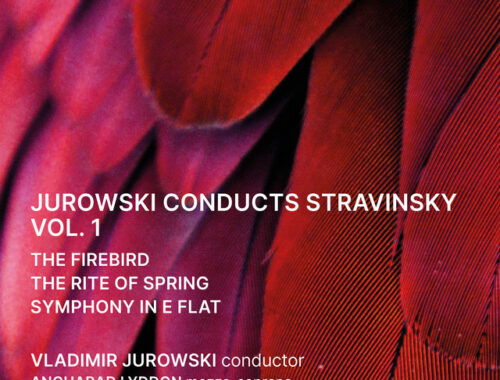Royal Liverpool Philharmonic Orchestra, Petrenko, Philharmonic Hall, Liverpool (Review)
With the news that Vasily Petrenko had extended his tenure as Chief Conductor of the Royal Liverpool Philharmonic Orchestra “to eternity” (his words) the little bit of Russia that came to the soon to be refurbished Philharmonic Hall in his series “Petrenko, Stravinsky, and the Ballet Russes” seemed doubly apposite. And even if it was the Italians that bowed in first with Respighi’s feistily familiar arrangements of Rossini in the suite from La Boutique Fantasque the motivator was still Sergei Diaghilev.
Petrenko and his players did a suitably enthusiastic trolley-dash through the said toyshop raising the panache levels high (Petrenko is such a young master of articulation and rhythmic impulse) and drawing smiles of recognition from the kind of large audience that has become an increasing norm in Liverpool. There were connections here with the second half masterpiece, Stravinsky’s Petrushka, as a series of mechanical dolls displayed disarmingly human qualities but what these dances were all about – and Petrenko so vividly projected – was dancing.
Denis Kozhukhin’s fingers did a bit of dancing through the lyric and motoric delights of Prokoviev’s Third Piano Concerto. Now this really is all about articulation and Kozhukhin and Petrenko were telepathically like-minded about the piece, luxuriating in its beauty (how ravishing the Gavotte and its variations are in the middle movement) but equally reveling in the dizzying incandescence of the finale’s final pages. Kozhukhin returned with more ravishment, albeit quieter and more reflective, in his encore – an exquisite Gluck arrangement with more than a touch of Bach in the mix.
And so to Petrushka in its outsized original version of 1911. It’s amazing how keenly detailed the sound of this hall is given its generous size and acoustic. It still needs careful handling, though, and Petrenko, who so clearly has the measure of it, knows how crucial a part rhythm and articulation play in keeping big textures transparent and buoyant. Even the tumultuous Shrovetide Fair sequences – which Stravinsky later tried to fillet to sharper effect – maintained that critical balance between thronging and transparent, inner instrumental flourishes and the glitter of tuned percussion catching the light brilliantly. But what really stood out here was Petrenko’s super-keen way with characterisation – little phrasings and rubatos to lend personality (deliciously awkward in the encounter with the ballerina and the moor) but more importantly an encouragement in his solo woodwind – especially oboe and clarinet and the rudely flatulent contra-bassoon – to coarsen the sound to folksier effect.
Petrushka’s primary colours and rhythms sounded and felt vibrant and most of the score’s manifold difficulties – not least the exceedingly nasty solo piano part – were impressively negotiated. This was a performance where the preparation shone through. Designed in Russia, made in Liverpool.
You May Also Like

GRAMOPHONE Review: NIELSEN Flute Concerto, Symphony No. 3, Pan & Syrinx – Bergen Philharmonic/Gardner
03/06/2024
GRAMOPHONE Review: Mahler Das Lied von Der Erde – Larsson, Skelton, Düsseldorfer Symphoniker/Fischer
14/06/2019